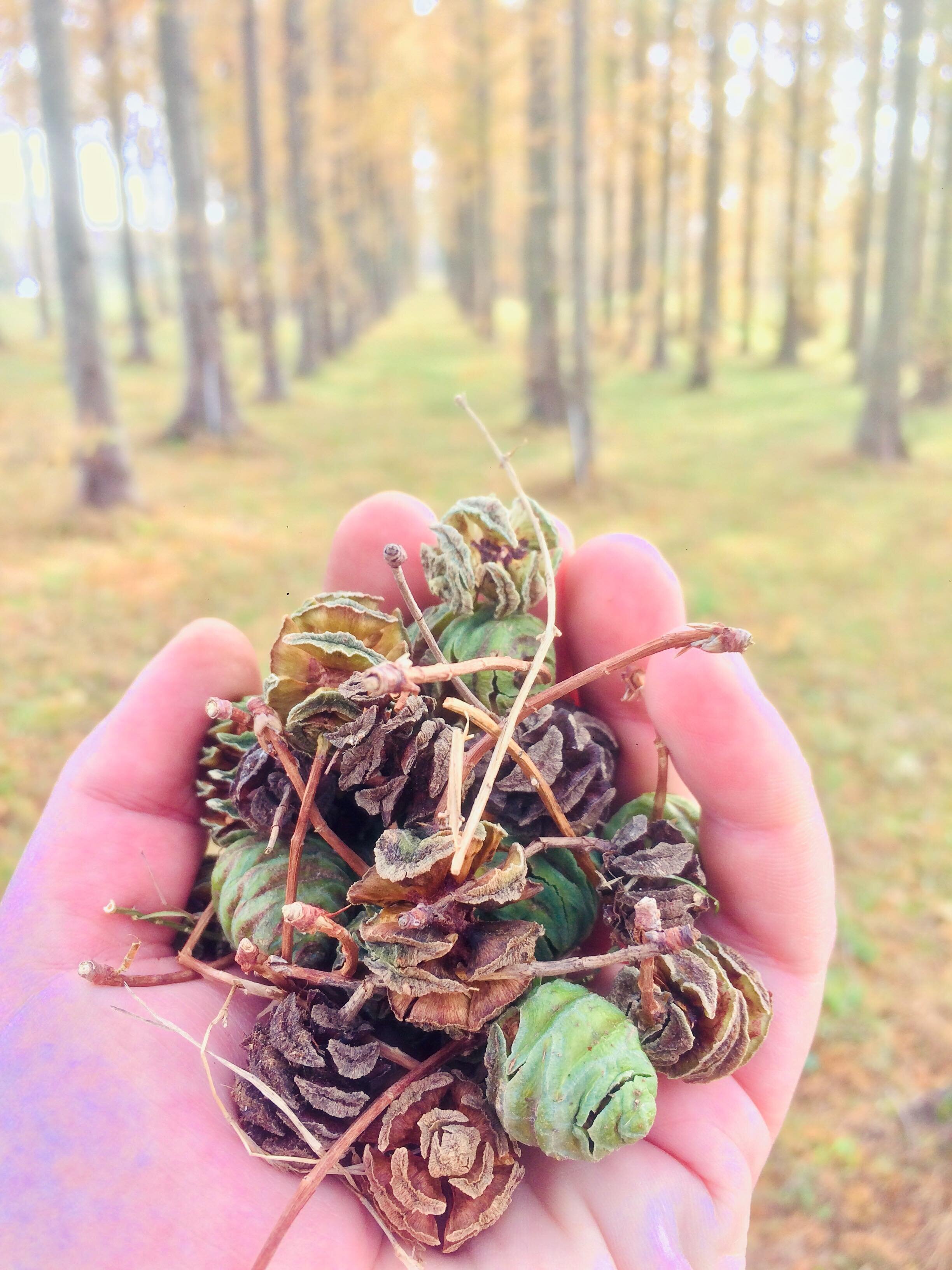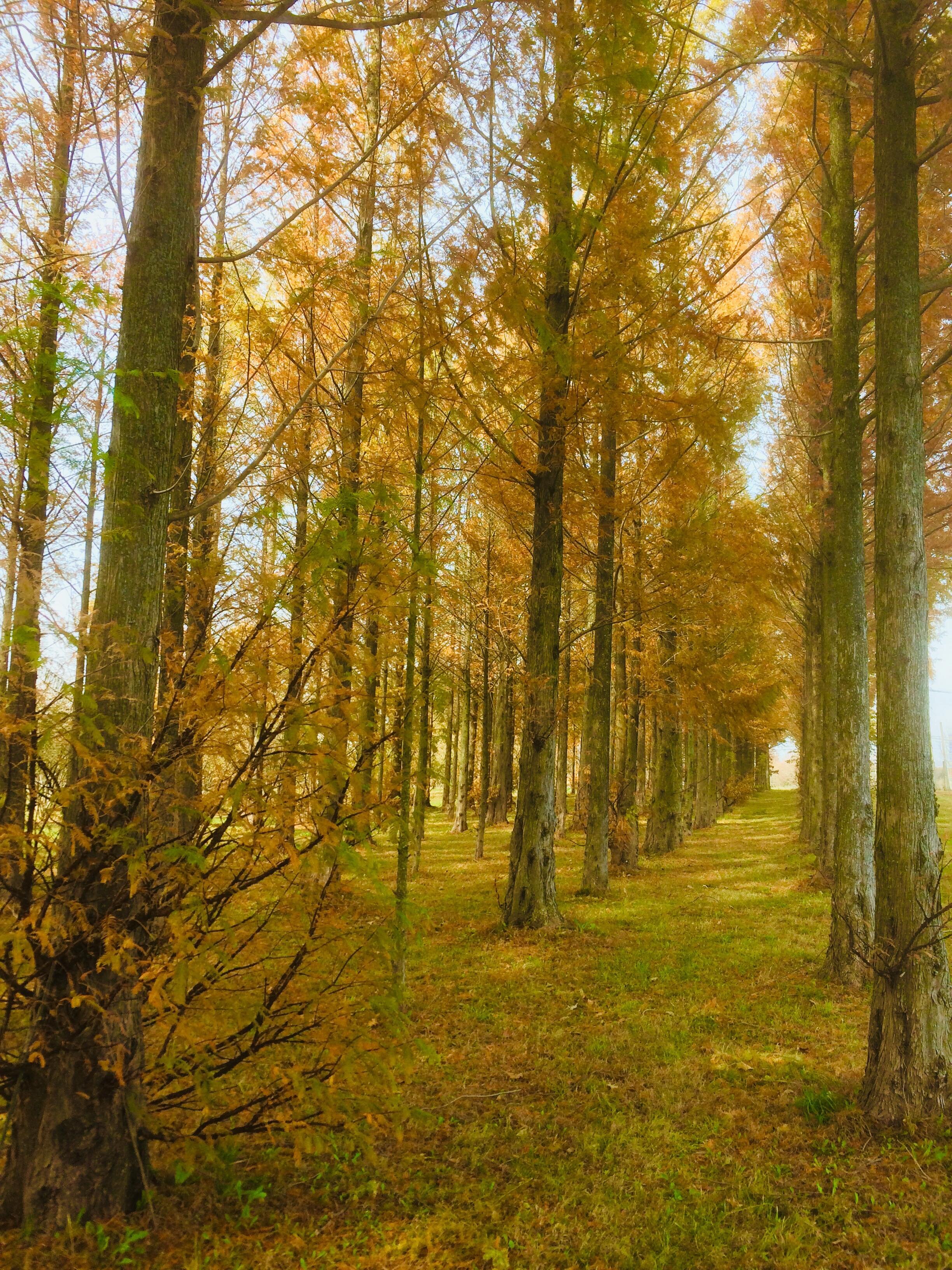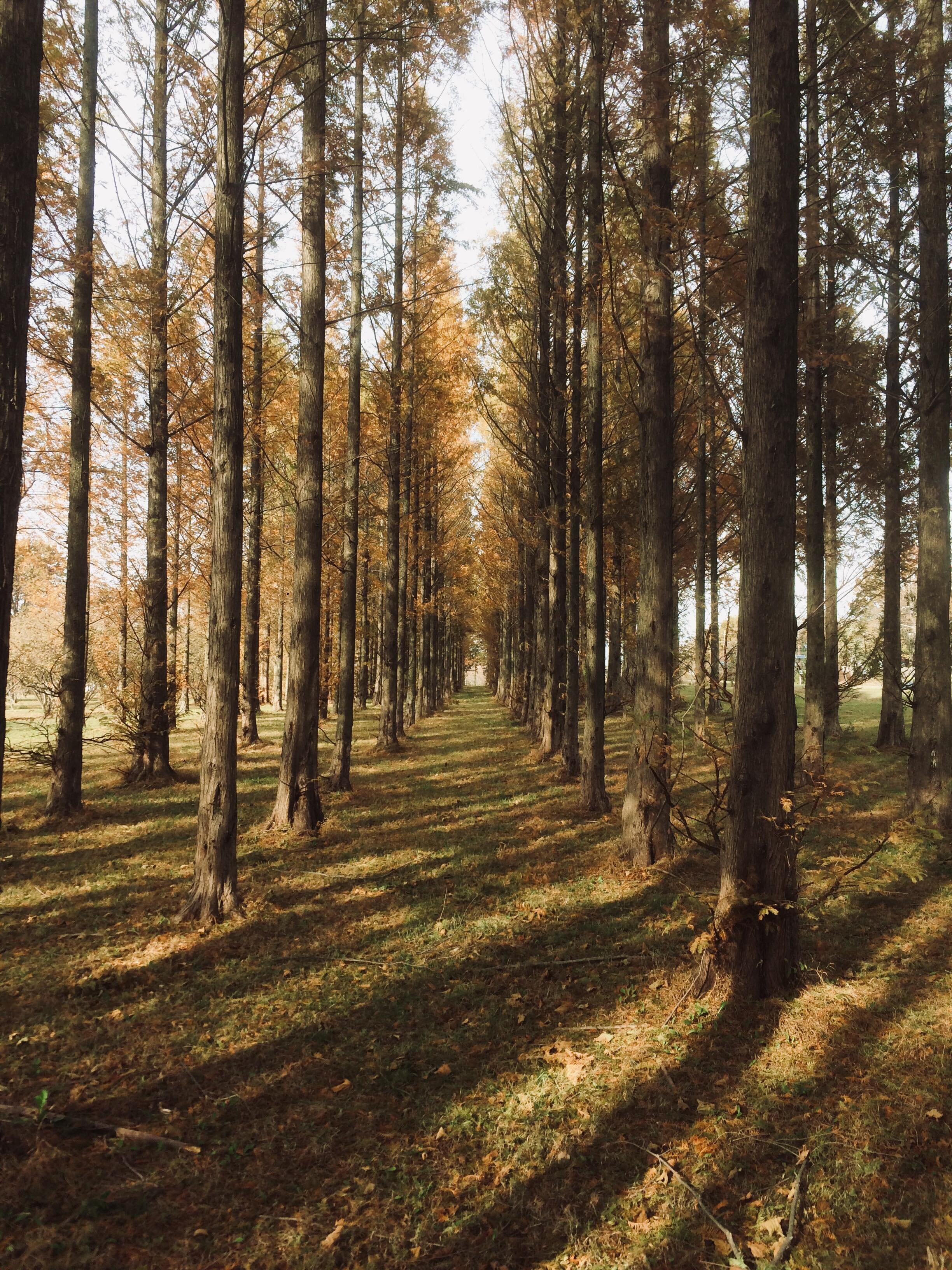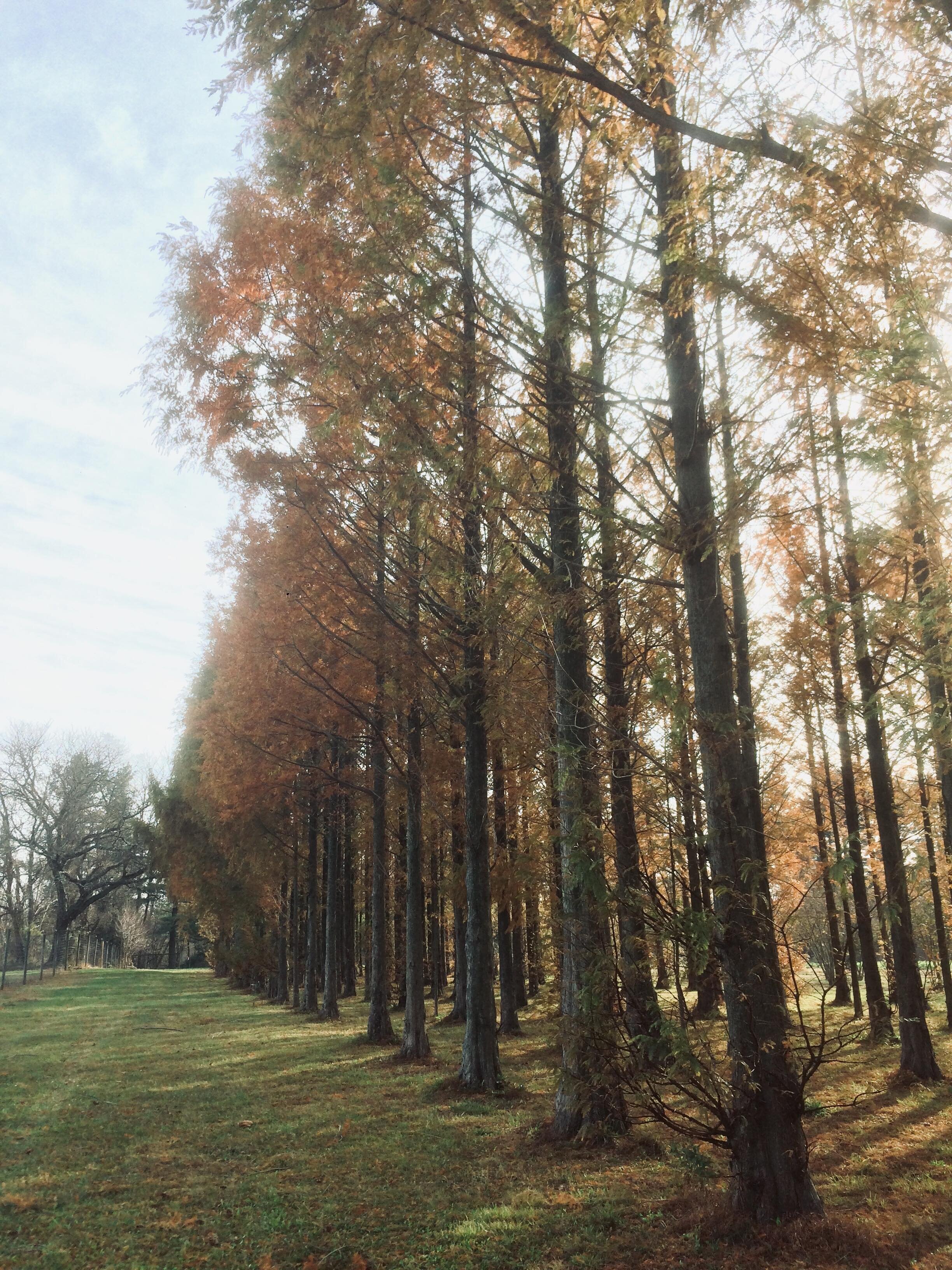Dawn Redwood: In the Forest of Living Gods
If you live in eastern North America, there is a good chance that there is an ancient fossil growing not far from you as you read this, likely in a garden, street tree pit, or suburban yard. When it was discovered in China in the 1940’s, it immediately made headlines around the world: “100,000,000-Year-Old Race of Redwoods: Science Makes a Spectacular Discovery.” Unlike redwood species native to the West Coast, this ancient tree grows so well on the East Coast that there are specimens less than 70 years old that are already over 130 feet tall here. Given another 70 years, these trees may very well become the largest living organisms east of the Rockies. Many people pass by these trees every day without giving them a second thought, but their little-known history is one of the most interesting in the plant record.
Dawn redwood (Metasequoia glyptostroboides) is a truly unique tree - often called a "living fossil" due to its incredible age. The earliest fossils are older than 150 million years, and toward the end of the Cretaceous it had become one of the most dominant trees in northern forests, particularly across what would later become North America. During the Paleocene-Eocene Thermal Maximum event 52 million years ago (in which a massive spike in CO2 levels caused global temperatures to rise by 5 °C almost overnight), dawn redwood was forced to migrate north to the Arctic circle where the climate was temperate, if not subtropical, and became a major part of the Arctic deciduous forest. Some scientists believe that the species became deciduous (i.e. dropping its foliage seasonally) during this period as a response to the Arctic circle’s light cycles, in which winter brings 3 months of darkness. Once the earth began to cool, it migrated south over the Beringia Corridor into East Asia. It then disappeared from the fossil record completely around 20 million years ago. When it was described by a Japanese paleontologist in 1941, the extinct tree was given the name ‘Metasequoia’, meaning ‘Redwood-like tree.’
Then, miraculously, it was found to still be alive.
Metasequoia Valley, Xiaohe Commune, Hubei Province, China, photographed in 1980 by Stephen A. Spongberg.
When botanist Wang Zhan, dodging civil war and foreign invasion, discovered Metasequoia trees growing in a remote valley of China in 1943, it was like someone had found a living dinosaur. The villagers who lived near the trees called them shui-shan (水杉, meaning ‘water fir’) and had long revered them as gods. They built shrines beneath them where they left offerings. Tea made from the bark cured people who were close to death. Although they are the smallest of the redwoods, the mature trees (which can live for many centuries) reach heights of over 200 feet with 11-foot-thick trunks. Some had grown for countless generations on the edges of the village’s rice paddies, while other trees grew in the mountains alongside oak, beech, sassafras, rhododendron, azalea, iris, and hydrangea. Seeds from the largest trees were collected and brought back to arboreta in the United States, where they were grown and distributed throughout gardens across the continent. They quickly entered the nursery trade, where they were promoted as resilient ornamentals.
Notably they have proven to be highly tolerant of urban conditions, and are now commonly found in cities and gardens throughout temperate zones. Metasequoia is hardy to at least hardiness zone 5: anyone from Vermont to Alabama, or San Francisco to Vancouver, can grow and enjoy this beautiful tree. A rare deciduous conifer, its foliage turns gorgeous colors in the fall before dropping to create a stunning bronze carpet of soft needles on the ground.
Metasequoia trees were native to North America during the time of the dinosaurs. In the 1950’s, the species returned to its prehistoric homeland for the first time in over 50 million years
Most amazingly, recent studies into its history - including looking at wood preserved in amber - have shown that this tree likely has remained unchanged even on a molecular level for millions of years. It also happens to contain a rich collection of medically important compounds (some previously unknown to science) that might prove to be useful in treating everything from cancer and skin allergies to the flu. This is no coincidence, either: it has likely survived nearly unchanged since the age of the dinosaurs because of this cocktail of phenolic compounds that promote its survival - many of which happen to benefit humans as well. Beyond their potential medical applications, dawn redwoods are increasingly used for afforestation projects as well, particularly across China where they are planted in water forests.
Because of their small population in the wild, however, dawn redwoods are at risk of genetic bottlenecking, or inbreeding - a road leading to extinction. In the 1990's botanists from the United States gathered seeds from every wild population of dawn redwoods in China, capturing the full genetic diversity of this incredible species. This collection was planted in two locations: Dawes Arboretum in Ohio, and Rutgers University in New Jersey. These seed orchards are the most significant hope for the future of this species outside of China.




In fall of 2019, we had the special opportunity to visit the Rutgers grove and gather thousands of seeds from their trees. With this, we too aim to gather the full genetic scope of this endangered and ancient species, and preserve it for posterity in its prehistoric homeland in the hills of eastern Pennsylvania. The dawn redwood has a long memory, existing almost unchanged since the time of the dinosaurs. The strengths that have allowed it to overcome mass extinctions, extreme climate changes, and multiple epochs of life are the same qualities that make it appealing to us. It is dependable, stalwart, beautiful, and ultimately a quiet reminder of the vast expanse of time in which all of humanity’s existence amounts to nothing more than a blip. The villagers who lived with these trees for generations did not know their age, but still understood them as living gods. Perhaps it is not a stretch to consider that they may have been right.





